Featured Photo Above:
Addie Joos Benefit Game, July 24, 1911
(Color Restoration by Chris Whitehouse of They Played in Color website)
Baseball History Comes Alive Now Ranked As a Top Five Website by Feedspot Among All Baseball History Websites and Blogs!
(Check out Feedspot's list of the Top 35 Baseball History websites and blogs)

Guest Submissions from Our Readers Always Welcome! Click for details
Subscribe to Baseball History Comes Alive! for automatic updates (sign-up block found in right side-bar)
As a Free Bonus for subscribing, you’ll get instant access to my two Special Reports: Memorable World Series Moments and Gary’s Handy Dandy World Series Reference Guide!
Bob Elliott and the 1949 World Series Photo Gallery
Click on any image below to see photos in full size and to start Photo Gallery:
Another Edition of Baseball’s Forgotten Stars: All-Star Third Baseman Bob Elliott!
Bob Elliott made the 1948 Braves. He’s the old-time type who hits and plays his best in the clutch.” -Rogers Hornsby
Before I mention a little about the career of forgotten star Bob Elliott, here’s something that happened involving Elliott that I think you’ll find amusing.
In a game played at Sportsman’s Park on August 23, 1952, Elliott was ejected by umpire Augie Donatelli after Elliott kicked dirt on the umpire’s shoes protesting a called strike two. The Giants’ third baseman was replaced by Bobby Hofman to finish up the at-bat.
And guess what? In what may be a “baseball first,” – or better yet, a baseball “one-and-only” – Hofman was also thrown out of the game by Donatelli after he vehemently disputed the called strike three! Two players ejected in the same at-bat!
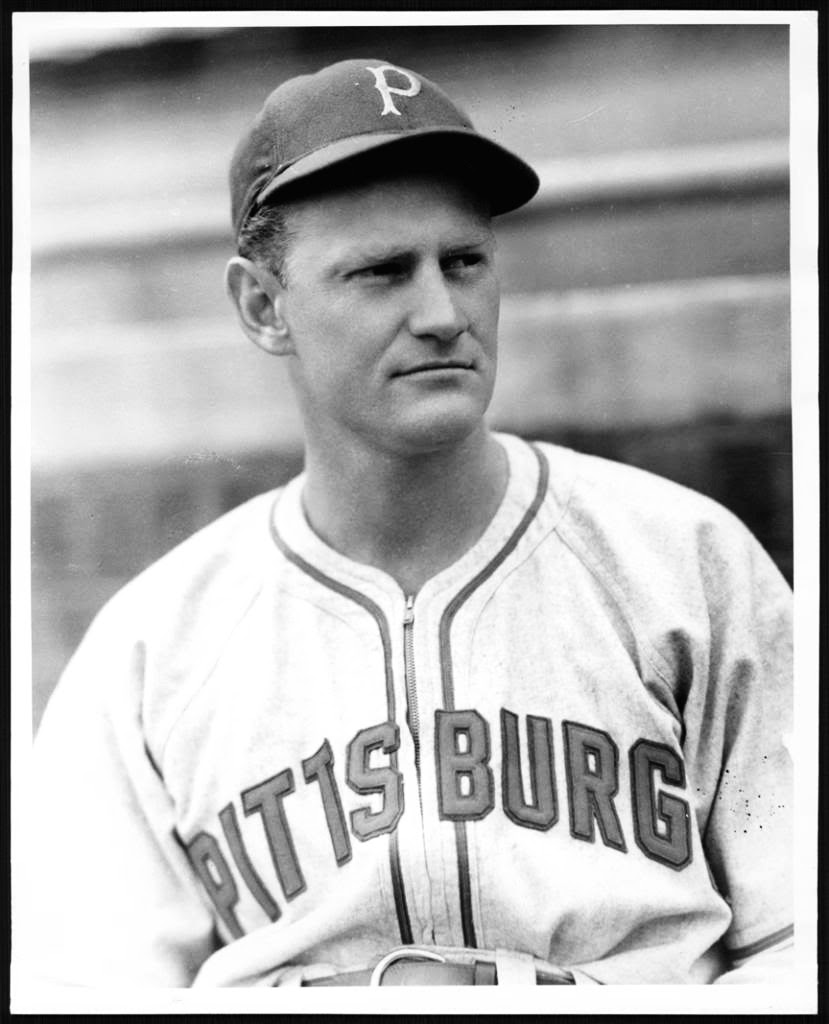
Bob Elliott definitely falls into the category of “good but not great.” He may be one of the best players most fans have never heard of. The 6-foot, 185-pound San Francisco native played 15 years in the major leagues (1939-1954) for the Pirates, Braves, Giants, Browns, and White Sox. Most of his success came with the Pirates and the Braves. Over his career, the seven-time All-Star third baseman batted .289 with 170 home runs, 2061 hits, 1195 RBI, a .375 OBP, and a .440 slugging average. His career OPS+ of 124 places him well above his major league contemporaries (100 being the major league average).
Along with Pie Traynor, he was the second major league third baseman to have five seasons of 100 RBIs and retired with the highest career slugging percentage (.440) of any National League third baseman.
Elliott contributed some of the greatest memories to the Braves’ final years in Boston, winning the 1947 National League MVP Award while earning the nickname of “Mr. Team.” That year, he hit .317, with 22 home runs, and 113 RBIs, .410 on-base percentage, and .517 slugging average. The following season, 1948, the Braves’ star led them to their second National League pennant of the 20th century, hitting .283 with 23 home runs, 100 RBIs .423 on-base percentage, and .474 slugging average. In the 1948 World Series, he hit .333 with two home runs and five RBIs.
He’s the holder of one of the greatest moments in Braves’ franchise history when his three-run home run off the Giants’ Larry Jansen clinched at least a tie for the 1948 National League pennant. Known for his outstanding batting eye, he also led the league in walks that year with 131 while striking out only 57 times. Over his career, he struck out only 604 times in 8204 plate appearances.
A converted outfielder, he developed into a fine third sacker and led the league in assists three times and in putouts and double plays twice each. He ended his career among the league’s leaders in games played (8th), assists (7th), total chances (10th) and double plays (4th) at third base.
Following his major league career, he played and later managed the San Diego Padres in the Pacific Coast League. He also managed the Sacramento Solans, and in 1960 managed the Kansas City Athletics, his only major league managing opportunity. He was fired by new owner Charley Finley after a last-place finish and replaced by Joe Gordon. Elliott also coached for the expansion Los Angeles Angels in their first season.
For those of us who never saw him play, we can use Baseball Reference’s “Similarity Scores” to compare him with players we’re more familiar with. Bob Elliott’s career statistics compare favorably to Amos Otis, Minnie Minoso, Ken Griffey, Bobby Doerr, Cesar Cedano, and Carney Langsford.
Shop MLB.com. The Official Online Shop of Major League Baseball.
Gary Livacari
Photo Credits: All from Google search
Information: Excerpts edited from Bob Elliott Wikipedia page; and the Bob Elliott SABR Bioproject article by John McMurray
Do you have a writing project in mind and need an editor? I’m an experienced freelance writer, proofreader, and copy editor. I can help with all your writing needs including ghostwriting, blog content, and original composition. Contact me: Livac2@aol.com
Check out my latest books both now available on Amazon in e-book (paperback soon to follow), Reflections On the 1919 Black Sox: Time to Take Another Look. All profits go to the Illinois Veterans Foundation
We are a participant in the Amazon Services LLC Associates Program, an affiliate advertising program designed to provide a means for us to earn fees by linking to Amazon.com and affiliated sites. Click here to view Amazon’s privacy policy
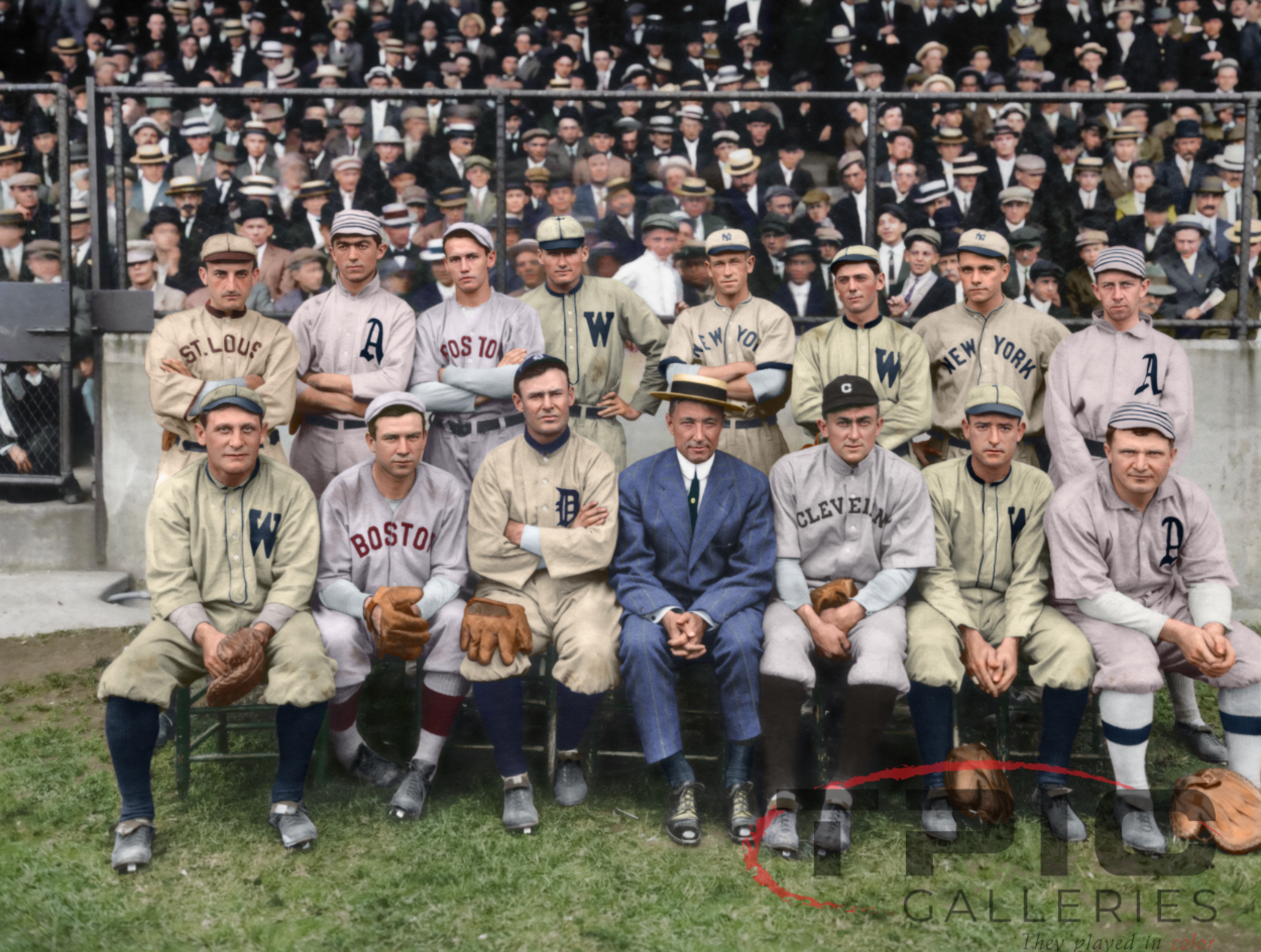
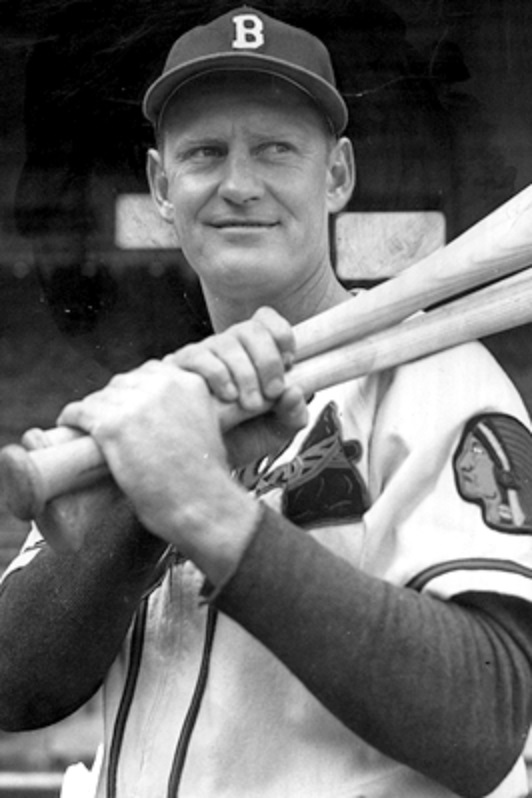
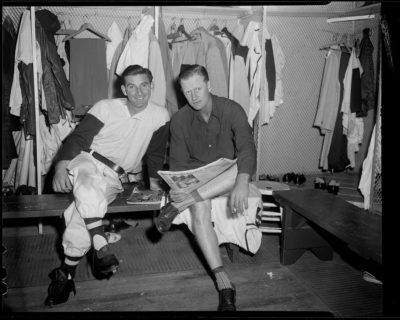
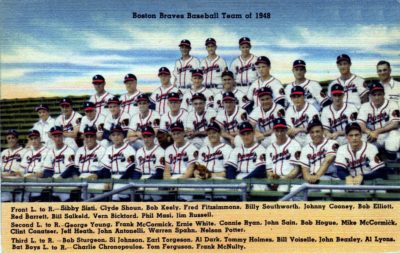
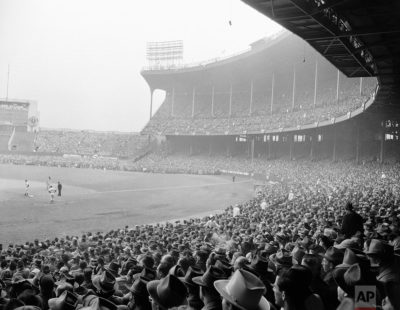
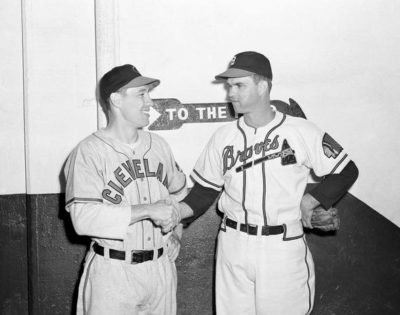
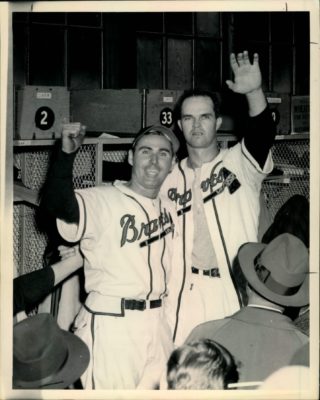
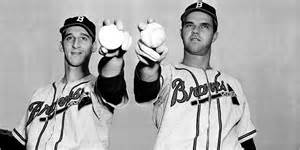
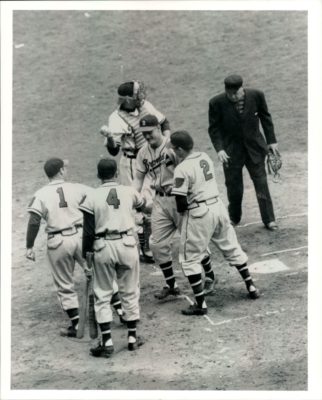
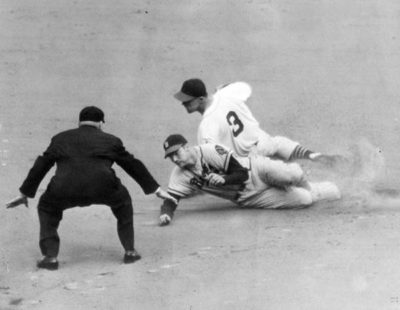
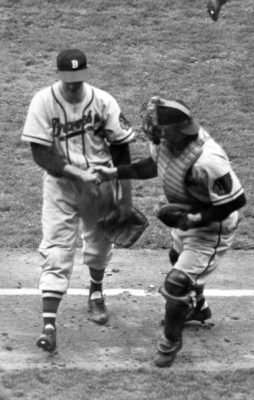
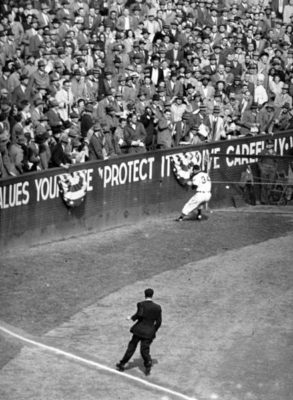
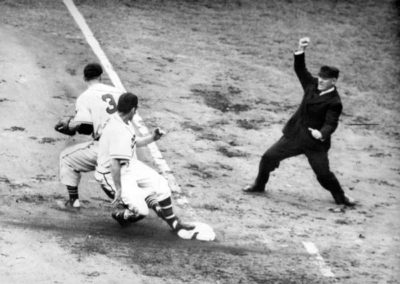
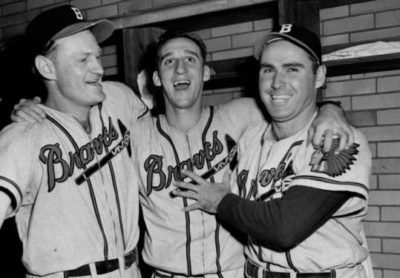
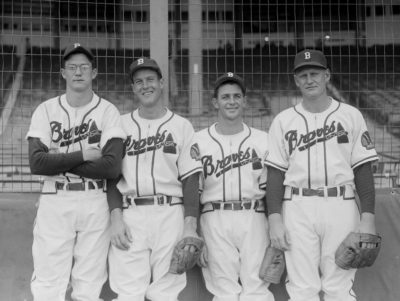
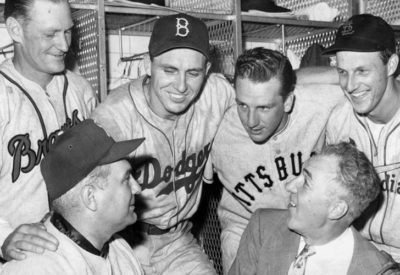
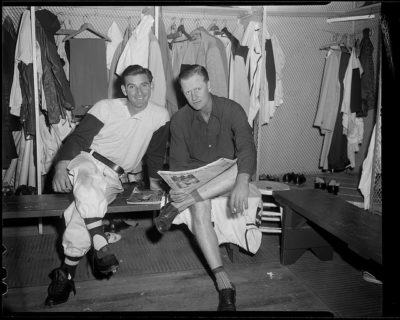
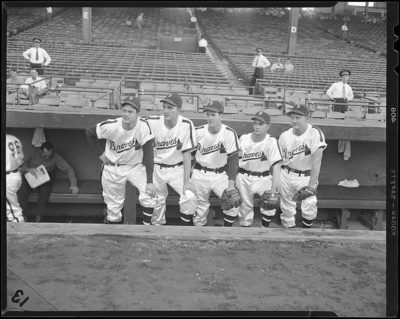
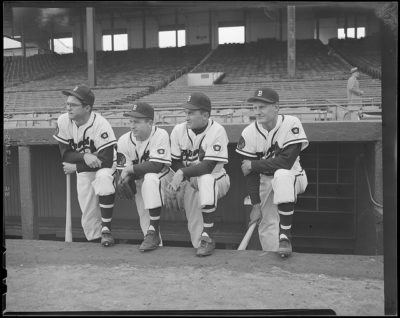
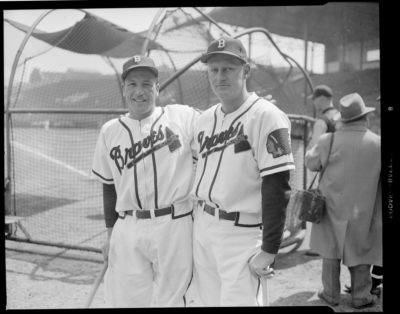
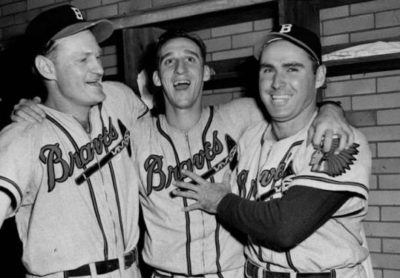

Gary, I love your article on Bob Elliott as a forgotten star who “still could or should be considered” for Hall of Fame nomination. I’d love to hear more from you!
My professional-baseball-player dad, Eddie Collins Moore, was a very good athlete and baseball friend of Elliott’s. Dad named me after Elliott (just my middle name Robert – in May 1940), in part because my grandfather named my dad after his favorite baseball player.
I had to be a ball player. There might be a story in here if you might be interested. Even if not, your reply can educate me more about Bob Elliott, which could be much fun for this 82-year-old.
Thomas Robert Moore,
a multi-time All American in two sports (just to pique your interest and try to persuade a reply).
P.S. My youngest son named and calls his 2- year old son, my youngest grandson, ELLIOTT.
Hi Tom. I just want you to know that Bob is my great uncle (my maternal grandmother’s youngest son) and I appreciate your nice comment about him. I agree that he should be considered for Hall of Fame nomination. He did so much for both the Pirates and Braves. He did poorly in the first few World Series games because he flew back to play the WS after visiting his dying father (they were very close) and because of that, he was struggled. However, he was the star in the last two games (hitting two home runs off legendary Bob Feller and went 3 for 3 in the final WS game. Things would have been different if his father was not dying that the time.
Jet